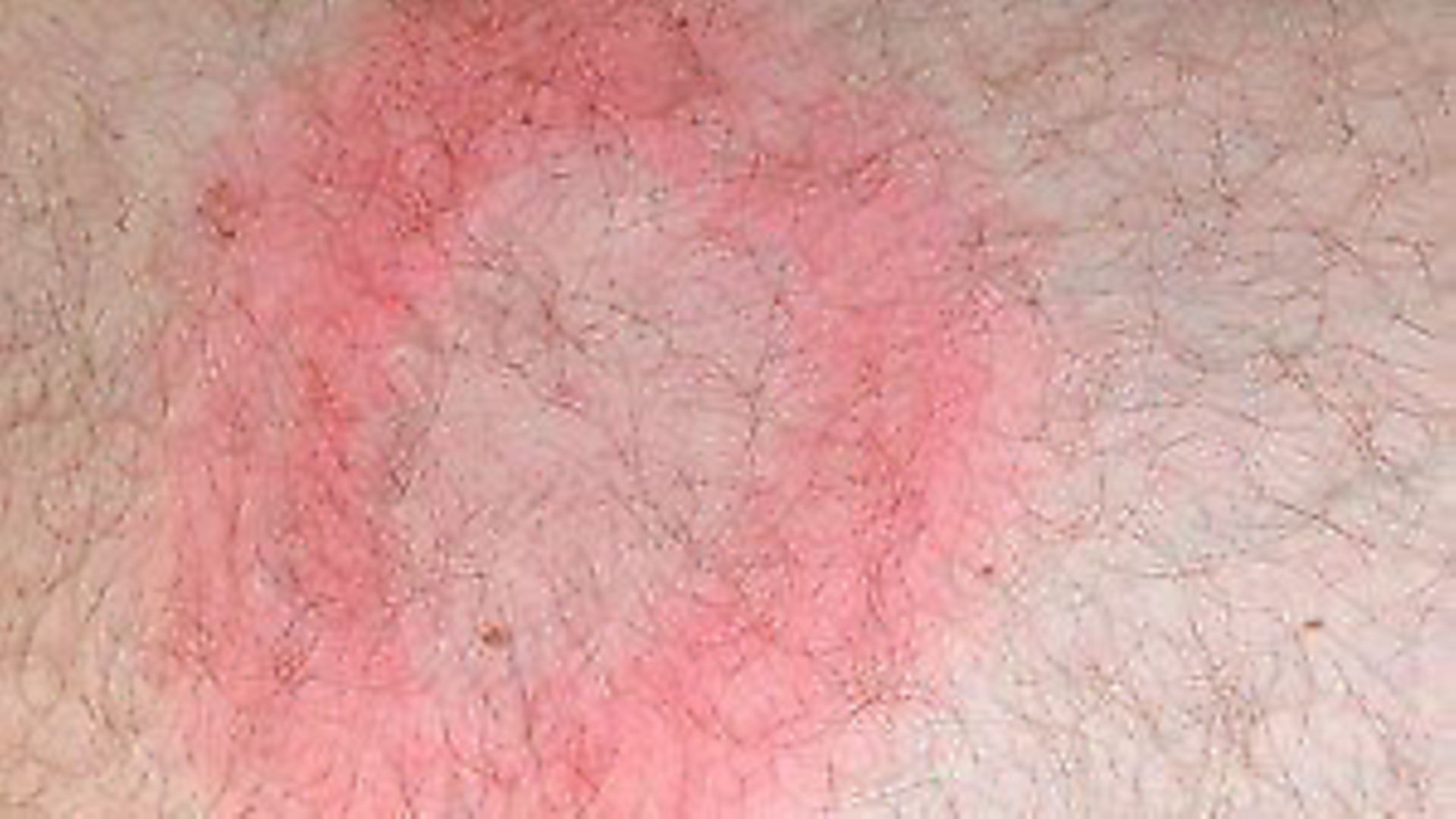Expert advice on protecting yourself against Lyme disease, and what to do if you get bitten by a tick!
 credit: Archant
credit: Archant
Q: Does tick-proof clothing work? If not, what other precautions should I take? I am worried about the possibility of contracting Lyme after reading Tim Pilbeam’s recent articles.
Dom Holtam replies: Greater awareness of Lyme can only be a good thing, but don’t let it make you fearful of pursuing your hobbies.
Scientific evidence suggests that tick-proof clothing can be very effective at keeping these wee beasties off you. However, there is always a risk if you shed layers in warm weather, or when gralloching, that you will be exposed to risk. You may wish to buy and carry a tick removal tool (they are only a few quid) to ensure that if you do find a tick latched on you can remove it safely.
The other thing is to ensure that you check yourself thoroughly after stalking (or spending time in the countryside). The NHS website (www.nhs.uk/conditions/lyme-disease) contains the following information:
* Many people with early symptoms of Lyme disease develop a circular red skin rash around a tick bite.
* The rash can appear up to three months after being bitten by a tick and usually lasts for several weeks. Most rashes appear within four weeks.
* Not everyone with Lyme disease gets the bulls-eye rash. Some people also have flu-like symptoms in the early stages, such as:
- a high temperature, or feeling hot and shivery
- headaches
- muscle and joint pain
- tiredness and loss of energy
See a GP if:
* you’ve been bitten by a tick or visited an area in the past month where infected ticks are found
and you get:
- flu-like symptoms, such as feeling hot and shivery, headaches, aching muscles or feeling sick, or
- a circular red rash
Tell your GP if you have been spending time in forested or grassy areas.